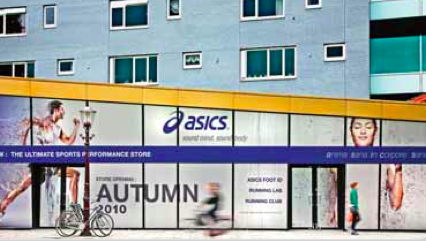There are a number of after market ink suppliers around but what are the risks and the benefits of using these inks? Nessan Cleary investigates.
Ink is arguably the most important component of a printer, as well as potentially being the most expensive over the lifetime of the machine. Naturally the printer manufacturers insist that customers should buy their inks, pointing out that the original inks are designed specifically for the printer in question. But there is a healthy market in third party inks and using these can lead to considerable cost savings.



